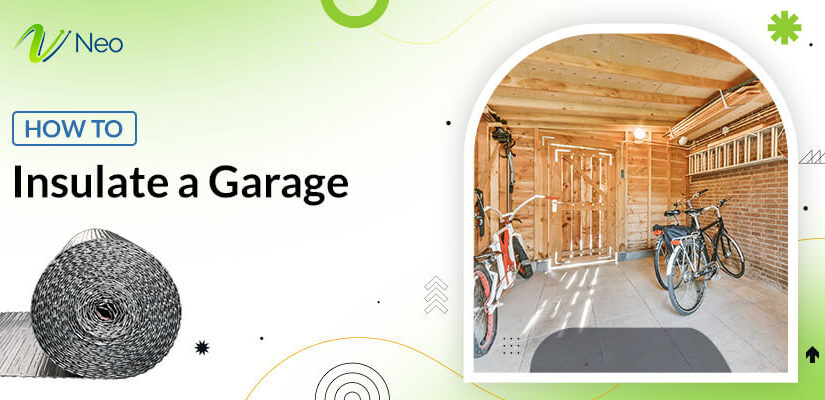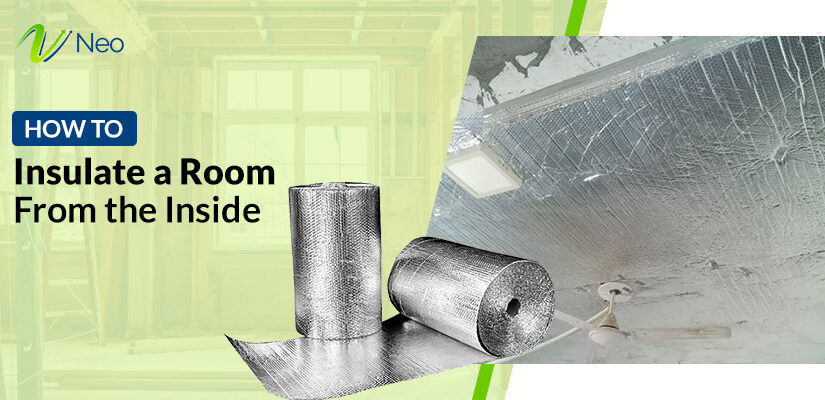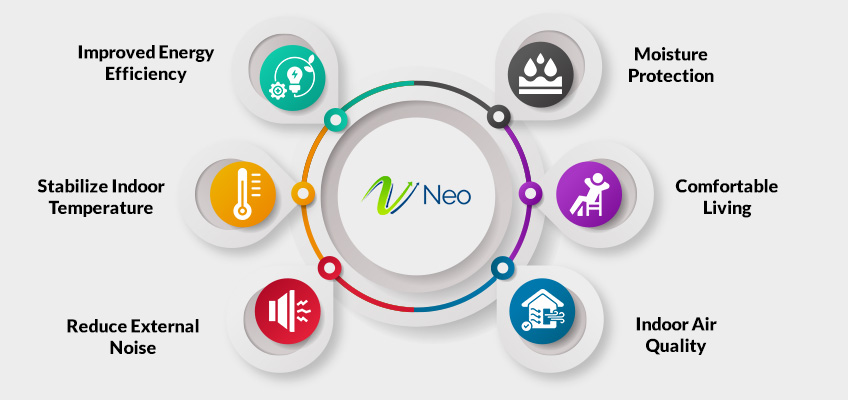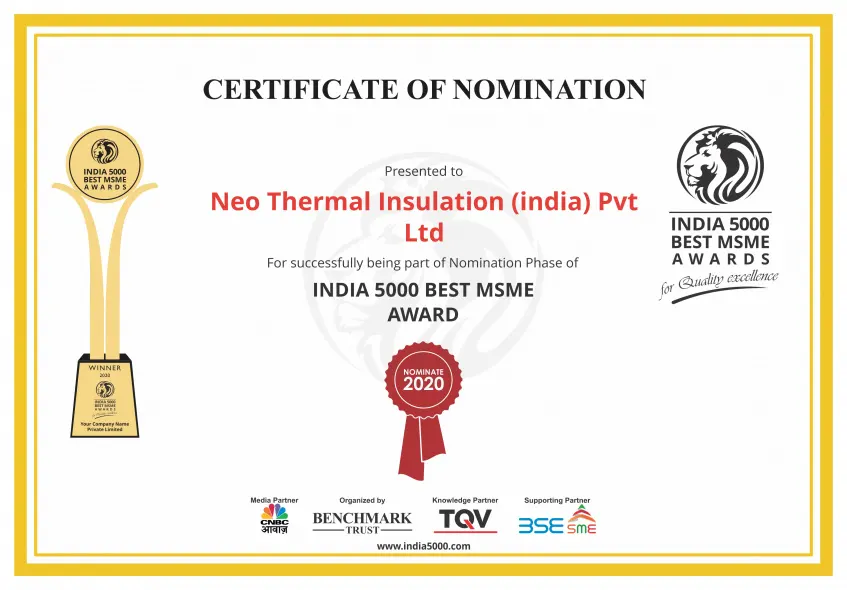Sheds are versatile spaces that can be used for storage, workshops, or even as extensions of living areas. However, without proper insulation, sheds can become uncomfortable during extreme weather conditions, either trapping heat in the summer or becoming unbearably cold in the winter. Choosing the right insulation materials can transform your shed into a more functional, energy-efficient space while protecting your belongings from temperature fluctuations and moisture damage.
In this guide, we’ll explore the best shed insulation materials, detailing their advantages, drawbacks and ideal use cases. Whether you’re looking to insulate a garden shed, a workshop or a converted home office, this comprehensive guide will help you make an informed decision.
We’ll also address common questions about shed insulation, such as installation methods, and how to choose materials based on climate and shed usage. By the end of this blog, you’ll have all the knowledge you need to select the best shed insulation material for your shed and improve its usability and comfort year-round.
Understanding the Importance of Shed Insulation.
Before we dive into the materials, let’s understand why shed insulation is crucial:
1. Temperature Regulation: Insulation helps maintain a consistent temperature, keeping your shed cool in summer and warm in winter.
2. Energy Efficiency: By reducing heat loss, you can lower energy costs, especially if you use heating or cooling appliances.
3. Moisture Control: Insulation can help prevent moisture build-up, which can lead to mold, mildew and structural damage.
4. Noise Reduction: Insulation can help to dampen noise, creating a quieter and more peaceful environment.
5. Protection of Belongings: Insulation can protect your stored items from extreme temperatures and humidity.
Factors to Consider When Choosing Shed Insulation Materials
Insulating your shed is a great way to improve comfort, energy efficiency, and protection for items stored inside. However, selecting the right insulation material requires careful consideration of several factors to ensure it meets your specific needs. Below, we explore the key factors to consider when choosing shed insulation materials:
1. Climate
The climate where your shed is located determines the insulation needed. In colder regions, materials with high R-values are ideal to retain heat. In warmer climates, heat reflective sheets helps keep the shed cool. For humid areas, moisture-resistant materials prevent condensation and protect against mold.
2. Budget
Your budget influences the insulation material you can afford. Fiberglass and bubble wrap are affordable options, while rigid foam and reflective insulation offer better performance at moderate costs. Premium options like spray foam provide excellent efficiency and longevity but require a higher upfront investment, offering savings in the long run.
3. Purpose of the Shed
The shed’s purpose affects the insulation choice. Storage sheds may need basic insulation like air bubble insulation sheet, while workshops or offices require higher R-value materials for comfort. If temperature-sensitive items are stored, moisture-resistant and energy-efficient materials like
R-value
R-value measures thermal resistance; the higher the value, the better the insulation. Choose a material with an R-value that suits your climate and usage needs. For extreme temperatures.
When choosing shed insulation materials, it’s essential to consider factors like climate, Purpose of the Shed, budget, and R- value. Each of these elements plays a crucial role in determining the right insulation for your needs. By evaluating these factors carefully, you can select materials that provide optimal thermal performance, durability and energy efficiency, ensuring your shed remains functional and comfortable throughout the year.
Insulate your shed With NEO Thermal Insulation
Best Shed Insulation Materials
Choosing the right insulation material for your shed is crucial for maintaining temperature control, reducing energy costs, and protecting your belongings. Popular options include air bubble insulation sheet, heat reflective sheet and roof insulation sheets. Each material has unique benefits, making it important to select one that suits your shed’s purpose and climate.
1. Air Bubble Insulation Sheet
Air bubble insulation sheets are lightweight and consist of layers of polyethylene bubble film sandwiched between reflective aluminium foil. They are commonly used in sheds, roofs and walls to prevent heat transfer while offering durability and moisture resistance. The air bubbles act as a thermal barrier, reducing temperature fluctuations.
Benefits:
- Lightweight and easy to install.
- Cost-effective insulation option.
- Reduces heat transfer effectively.
- Provides moisture resistance, preventing mold and mildew.
- Environmentally friendly and recyclable.
2. Heat Reflective Sheet
Heat reflective sheets are designed to reflect radiant heat away from the surface they cover, making them ideal for hot climates. These sheets are often made of reflective aluminium foil or similar materials and are used in walls, roofs and sheds to minimize heat absorption.
Benefits:
- Excellent for reducing radiant heat in hot climates.
- Energy-efficient, reducing cooling costs.
- Lightweight and easy to handle.
- Protects interiors from excessive heat build up.
- Durable and resistant to corrosion.
3. Roof Insulation Sheets
Roof insulation sheets are specialized panels designed to reduce heat loss and gain through the roof. They are made of materials like rigid foam, fiberglass or mineral wool, offering high thermal resistance. These sheets are crucial for maintaining comfortable indoor temperatures and enhancing energy efficiency.
Benefits:
- Superior thermal insulation, reducing heating and cooling costs.
- Available in various materials to suit different needs.
- Long-lasting and durable.
- Helps regulate indoor temperatures effectively.
- Reduces energy consumption and carbon footprint.
4. Roof Cooling Sheet
Roof cooling sheets are specially designed to reflect sunlight and minimize heat absorption, making them ideal for hot climates. These sheets can be applied to existing roofs or used as standalone materials to enhance energy efficiency.
Benefits:
- Reduces roof temperature significantly, lowering indoor heat.
- Energy-efficient, reducing cooling expenses.
- Eco-friendly and sustainable solution for hot regions.
- Protects roofing materials from thermal damage.
- Enhances indoor comfort during extreme heat.
Get best Deal on Thermal Insulation Materials
How to Insulate Your Shed
Insulating your shed is essential to create a comfortable and energy-efficient space, whether it’s for storage, a workspace, or a hobby area. Proper insulation helps regulate the temperature, prevent moisture build-up, and protect your belongings from extreme weather. With the right materials and steps, you can easily transform your shed into a more functional space. Here’s a step-by-step guide to help you insulate your shed effectively.
Steps:-
1. Prepare the Shed: Clean the interior, remove any obstructions, and seal any gaps or cracks.
2. Install Vapor Barrier: A vapor barrier can help prevent moisture damage. Install it on the warm side of the insulation.
3. Install Insulation: Follow the manufacturer’s instructions for the specific insulation material.
4. Seal Air Leaks: Use caulk or spray foam to seal any gaps around windows, doors, and electrical outlets.
Conclusion
Choosing the best insulation material for your shed ensures a comfortable, energy-efficient, and durable space. Whether you prioritize cost, eco-friendliness, or ease of installation, options like fiberglass, rigid foam and spray foam offer excellent thermal performance. Reflective insulation and sheep’s wool cater to specific needs, such as hot climates or sustainable solutions.
By understanding your shed’s purpose and climate requirements, you can select the right insulation and enjoy its long-term benefits. Take the time to plan, install and maintain your shed insulation to maximize comfort and efficiency.
FAQs About Shed Insulation Materials
1. Can I insulate a metal shed?
Yes, you can insulate a metal shed. Thermal insulation sheets are good options for metal sheds.
2. How much insulation do I need for my shed?
The amount of insulation you need will depend on your climate and the desired level of comfort. Consult local building codes and energy efficiency guidelines for specific recommendations.
3 How often should I inspect my shed’s insulation?
It’s a good idea to inspect your shed’s insulation annually for signs of damage, water damage or pest infestation.














